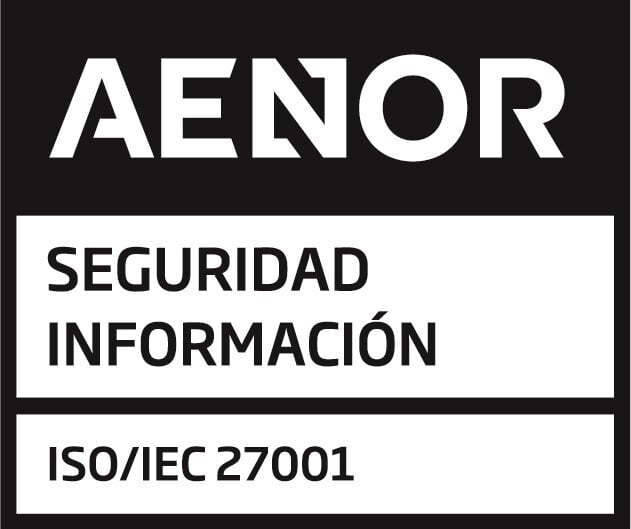The world is fighting climate change havoc. Solar energy and other renewable energy resources are viewed as a lifeline during these trying times. You can tell that the solar energy industry is not leaving anything to chance. Stakeholders are using all the modern technology they can lay hands on to discover new ways of supporting the planet. These people use solar data analysis to monitor the performance of their assets and to be in contact with the whole company environment.
The role of solar data analysis in modern renewable energy systems is proof of the lengths that technology has contributed to the betterment of human life. Data analytics are available to enhance efficiency and performance in the solar industry. Supported by this technology, solar facilities can operate optimally.
In this article, we look at the significant role of SCADA data analysis for solar energy projects.
The Efficiency of a Solar Plant Matters
For a solar plant to get value for its money, it must optimize performance. There are various ways of achieving this. Let us look at a few of them:
Solar plant design
A solar plant can implement several features to reduce the cost of power as much as possible. Technology for components such as inverters and modules is crucial. Each of the components has variables that can help evaluate performance. Here is a list of some variables:
- Operational response
- Quality
- Degradation rate
- Warranty
- Power output
- Initial cost
Remote monitoring
The last decade has seen remote monitoring in the solar energy sector improve significantly. Considering the remote location of most solar energy plants nowadays, the benefits of remote monitoring or supervision on performance can be monumental. Like any other intervention, the suitability and level of remote monitoring for any particular site will depend on several factors. It might be necessary to conduct a cost-benefit analysis before embarking on this option. The analysis will involve considerations such as distance to the plant, data analysis suitability, and system size.
Solar Data Acquisition
For a solar plant to perform optimally, the installation of an automatic data acquisition system is necessary. Such a system allows for timely identification of shortfalls in performance through plant monitoring and comparison with solar irradiation data.
What is SCADA?
SCADA refers to Supervisory Control and Data Acquisition, a system that allows a solar energy plant to monitor its data via weather stations, inverters, meters, and so many other devices. The information that this system develops comes in handy in determining whether the plant components are functioning normally. It is also essential in ensuring that all equipment is online.
To do so, the SCADA system comprises remote terminal units (RTUs), a human-machine interface (HMI) master station, and a communication network.
The role of the RTU is to collect data from monitoring devices and sensors. It can control the operation of the monitoring devices collect data, and send the data to the master station.
The master station links to remote equipment, a setup that allows the station to monitor the solar energy plant. The best HMIs can represent your solar plants graphically so that you can tell the condition of your plants at any time.
For the exchange of information amongst the equipment, HMI, and RTUs, the SCADA system requires a communication network.
How SCADA Data Analysis Suits Solar Plants
Solar energy has one serious problem – the intermittency of data. This can make renewable energy resources undependable. SCADA data analysis can help remove the unpredictability element and make solar energy more useful.
Solar energy needs technology that can forecast weather conditions and climatic changes for optimal performance. SCADA data analytics is a powerful tool for making sense of the chaotic data from solar energy usage.
Setting Solar Power Outcome Expectations
Solar energy performance can be unreliable if its prediction with a certain level of surety is impossible. SCADA data analysis is a powerful method of removing this uncertainty and setting outcome expectations.
When OEM data is in a comparable structure, it is easier for the asset manager to have a deeper understanding of any underperformance of the system. This gives the manager opportunities to improve performance. Apart from boosting annual energy production (AEP), asset managers who use solar data analysis can predict future performance more effectively and avoid underperformance.
Conclusion
As renewable energy increasingly becomes a focus in the power industry, solar PV systems are growing in popularity. The resource may be fundamentally free, but there is a need for constant maintenance. Proper O&M procedures ensure that the systems maintain their high reliability and overall performance remains unaffected. It is also crucial for retaining the warranties.
Solar data analysis for your solar projects is an irreplaceable practice for performance optimization. It is now upon you to choose the perfect SCADA system for your system. If the system has a user-friendly interface, contains advanced analytic features, and is from a reputable firm, then it is worth trying.
As a popular source of solar data analysis globally, QBI Solutions can make sure that your solar installations perform optimally. Modern solar PV plants are after scalability – this is our goal.
Contact us today for more on this service!
